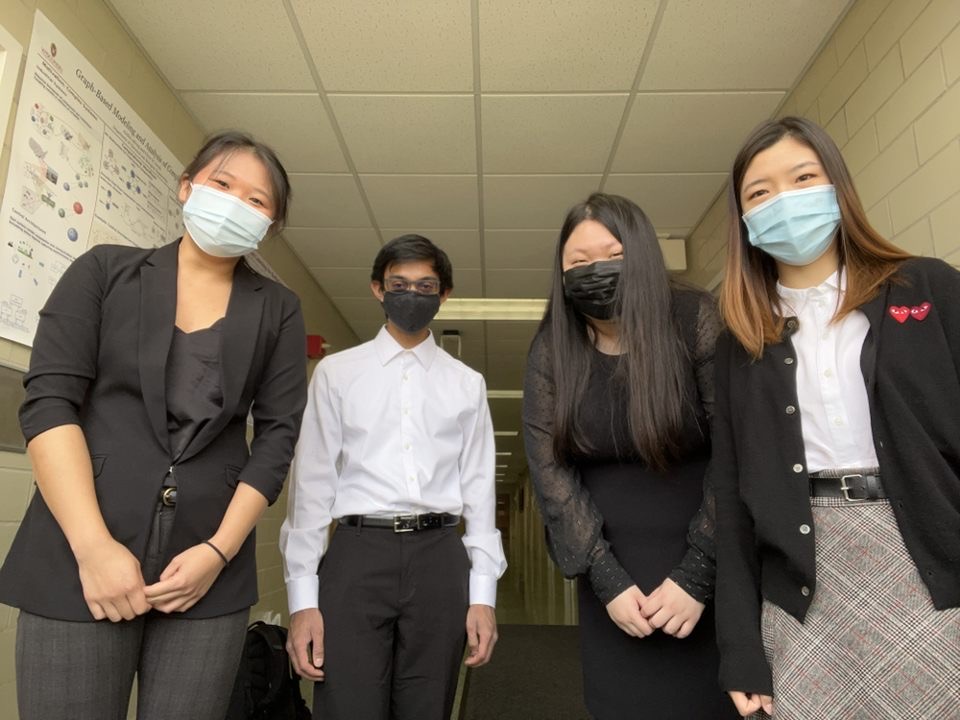Rapid urine stone risk detector
This project has been secured to protect intellectual property.
Login for More InformationThe project goal is to design and fabricate a rapid, at-home urine test for patients to measure important biomarkers (such as calcium and oxalate) for kidney stone risk.
Project Overview
Kidney stones are formed from an imbalance of substances, including calcium, oxalate, uric acid, and citrate, built up in the kidney that are then excreted in the form of urine. Stones that are formed in the urinary tract are often small enough to be excreted without pain, but the development of larger stones can lodge in the ureters, block urine flow and cause severe pain. This condition affected more than 12% of men and 7% of women in the US. [1] After the first encounter with a urine stone episode, the risk of recurrent nephrolithiasis is relatively high. The recurrence rates are 35%, 52% and 75% after 5, 10 and 20 years, respectively.[2] It will be necessary for the adults who fit this high risk profile to monitor their body condition on a regular basis to prevent the formation of urine stones.
The current assessment of kidney stone risk is a 24-hour urinalysis, generally performed once or twice a year. In addition to this procedure's inconvenience (patients often choose to stay at home the entire day so they can collect their daily urinary movements more easily), these tests are inherently biased; patients, knowing that their dietary patterns will be monitored by the urine collection, will commonly change what they eat and drink, creating an inaccurate portrayal of their urinary concentrations.
The purpose of this project's device is to provide a convenient, lab test alternative to 24-hour urine tests. This device should shorten the time of sample analysis which creates a stressless way to track the patient on a more frequent and regular basis. Technicians should be able to use the product efficiently, then send the results remotely to the patient and the patient's medical provider. It should allow both doctors and patients to more closely monitor concentration levels of key solutes, specifically calcium and uric acid (substances whose concentrations can be used as warning signs for risk of nephrolithiasis), serving as a way to track progress after dietary or medication changes.
Team Picture

Contact Information
Team Members
- Alex Li - Team Leader
- Xiaofei Qu - Communicator
- Susan Xia - BSAC
- Aditya Ailiani - BWIG & BPAG
Advisor and Client
- Prof. Darilis Suarez-Gonzalez - Advisor
- Dr. Roy Jhagroo - Client
Related Projects
- Fall 2025: Rapid urine stone risk detector
- Spring 2025: Rapid urine stone risk detector
- Fall 2024: Rapid urine stone risk detector
- Spring 2024: Rapid urine stone risk detector
- Fall 2023: Rapid urine stone risk detector
- Spring 2022: Rapid urine stone risk detector
- Fall 2021: Rapid urine stone risk detector
- Spring 2021: Rapid urine stone risk detector
- Fall 2020: Rapid urine stone risk detector
- Spring 2020: Rapid urine stone risk detector
- Fall 2019: Rapid urine stone risk detector
- Spring 2019: Rapid urine stone risk detector
- Fall 2018: Rapid urine stone risk detector
- Spring 2018: Novel At-Home Risk Detector for Kidney Stones
- Fall 2017: Rapid Urine Stone Risk Detector
